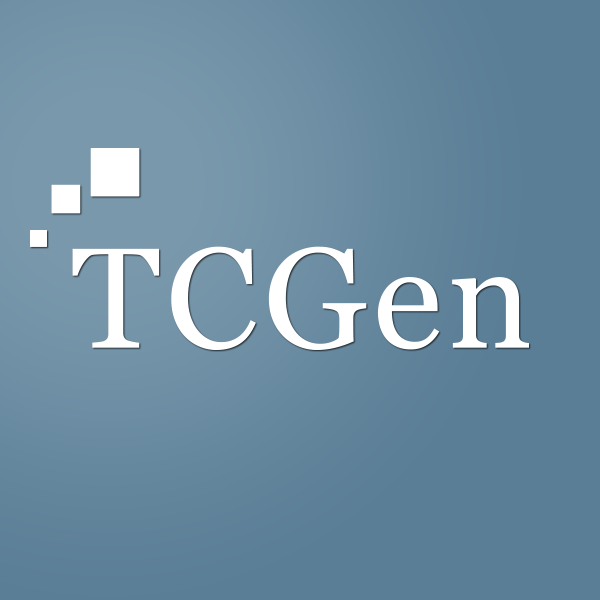Business
Why Agile is Key to Reducing Time To Market

Reduced time to market is essential for all industries because it offers them several advantages. The faster products can reach the market, the less the competition and higher the revenues. The Agile methodology is key to reducing time to market, especially for large-scope projects. Instead of being overwhelmed by the waterfall development method and the disorganization that ensues, the Agile software allows teams to focus on one task at a time, making rapid adjustments as required
Several studies document the opportunity cost for companies that cannot meet their targets for releasing new products. Literally, time is money; as was shown by this McKinsey & Co study. A six-month delay in releasing a product can mean 33% less profit over five years. Moreover, speed was found to be more important than investment costs; the study showed that a product released on time at 50% over budget would only cut its profits over five years by 4%.
Since reduced release timing is so important, it is important to look at what slows most companies down. Overwhelmingly, poor, incomplete, or changing product definition is the root cause. Product definition is normally one of the responsibilities of product management, but often they don’t have the time or necessarily the skill set to get a great product definition that will delight customers. Finding a product management consult
Agile and Reducing Time to Market (TTM)
TCGen provides agile consulting services for firms across several industries. Agile consulting is one of the areas they specialize in, helping product management teams implement the Agile solution. According to TCGen founder John Carter, reducing TTM requires a combination of several practices:
Allocation of Resources
Correctly allocating resources can make a massive difference to the speed of project completion. Whether these resources are money, people, or testing capabilities, determining the best way to commit them to a project can assist in reducing TTM. The most important agile principle is having dedicated teams.
Meet Market Requirements
During the development stage of new products, it is essential to understand market conditions and that you understand and validate customer requirements continuously for each sprint. Sometimes a previous success can hold companies back in new product development.
The careful monitoring of requirement changes is necessary. If a company must reduce market time, sometimes it may mean minimizing the cycle time by trimming off some features or quality – but this decision should be made with customer feedback through a sprint demonstration or prototype.
Implement an Agile Transformation
The agile transformation requires flexibility and an agile environment that offers speed. It requires defining the vision for the product and its long-term direction and then working closely with customers, market research, and the realigning of initiatives within the objectives.
Product strategy follows an agile roadmap adjusted to accommodate changes as these are required to maintain customer values and overall vision. Agile product management includes prioritizing features, defining requirements, and team collaborations in a process that provides for sprints ensuring agility while keeping the original milestone intact.
The scrum framework is also an essential part of the agile process. Everyone from the development team, product owner, stakeholders, and scrum master understands their role, allowing them to work toward a reduced time to market and product success.
Develop Great Products and Sales Strategy
A dedicated team working together can offer both innovation and speed. The more cross-functional a team, the more accountable it is, creating the momentum required. Daily team meetings can help coordinate product specs for engineering, marketing, and distribution. In-depth product knowledge is vital to enabling prospective sales.
What is Agile Consulting?
Agile consulting offers product management a flexible product strategy in an agile environment. An agile consultant can provide an adaptive approach to planning and implementing the design and release of new products effectively. This adaptive approach requires product roadmaps and other agile development methodologies like Scrum. The principles are short iterations for more adaptable modifications, customer satisfaction, close cooperation, and regular adjustments to ensure effectiveness.
What are the disadvantages of Agile?
Adopting an Agile methodology does boost creativity and increases production but does have some disadvantages. The flexibility of agile f processes can possibly caus teams to deviate from the strategy because there is no clear vision tied to the team and as they iterate they deviate from the vision. The use of a product roadmap is the best way to counter this.
One of the advantages of Agile is also a disadvantage – incremental delivery. The lack of a formal design phase means that teams are unaware of the result, cost, and time required. Teams can counter this by ensuring each sprint has a strategy, including quality assurance.
Collaborations are great, but also challenging to maintain. If not sustained, the agile method loses the organization and cross-functionality.
Final Take
Product management is key to reducing time to market and is used by some of the largest enterprises in the world. TCGen is an Agile consultant specializing in helping teams reduce product time to market. The Agile transformation methodology used by John Carter comes from years of experience, where he implemented it at several firms encompassing various industries, including Apple, Amazon, BOSE, and Roche.
-

 Business6 days ago
Business6 days agoWall Street Rallies as Strong Jobs Report Fuels Optimism
-

 Business5 days ago
Business5 days agoS&P 500 Achieves Historic Winning Streak Amid Easing Trade Tensions
-

 Government5 days ago
Government5 days agoSupreme Court Case Martin V. USA: A Landmark Moment for Government Accountability in Wrong-House Raids
-

 Civil Rights7 days ago
Civil Rights7 days agoUS Government Under Fire for Wrong-House Raids: Accountability at Stake
-

 Health & Fitness4 days ago
Health & Fitness4 days agoBudget Cuts Slash Vital Health-Tracking Programs in the U.S.
-

 Business3 days ago
Business3 days agoUS Stock Market Soars on Positive Jobs Data and Trade Optimism
-

 Business4 days ago
Business4 days agoUS Stock Market Soars as Jobs Report Surprises and Trade Tensions Ease
-

 Crime5 days ago
Crime5 days agoU.S. Treasury Takes Aim at Major Mexican Cartel Linked to Fentanyl Trade












